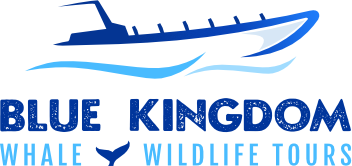Kelp Forests of the Pacific Northwest
Rocky shores lined with towering trees aren’t the only iconic and impressive forests that can be found here in the Salish Sea. Unlike the forests lining the shore, kelp forests are just as lush but are found below the surface of our cold, nutrient-rich waters. You’ve probably seen their canopies bobbing in the waves just at the surface, or maybe found pieces of them washed ashore, or possibly enjoyed it as a snack! Kelp forests are an essential part of our unique marine ecosystem here. Hundreds, if not thousands of marine species rely on them for their survival, playing a major role in our biodiversity.
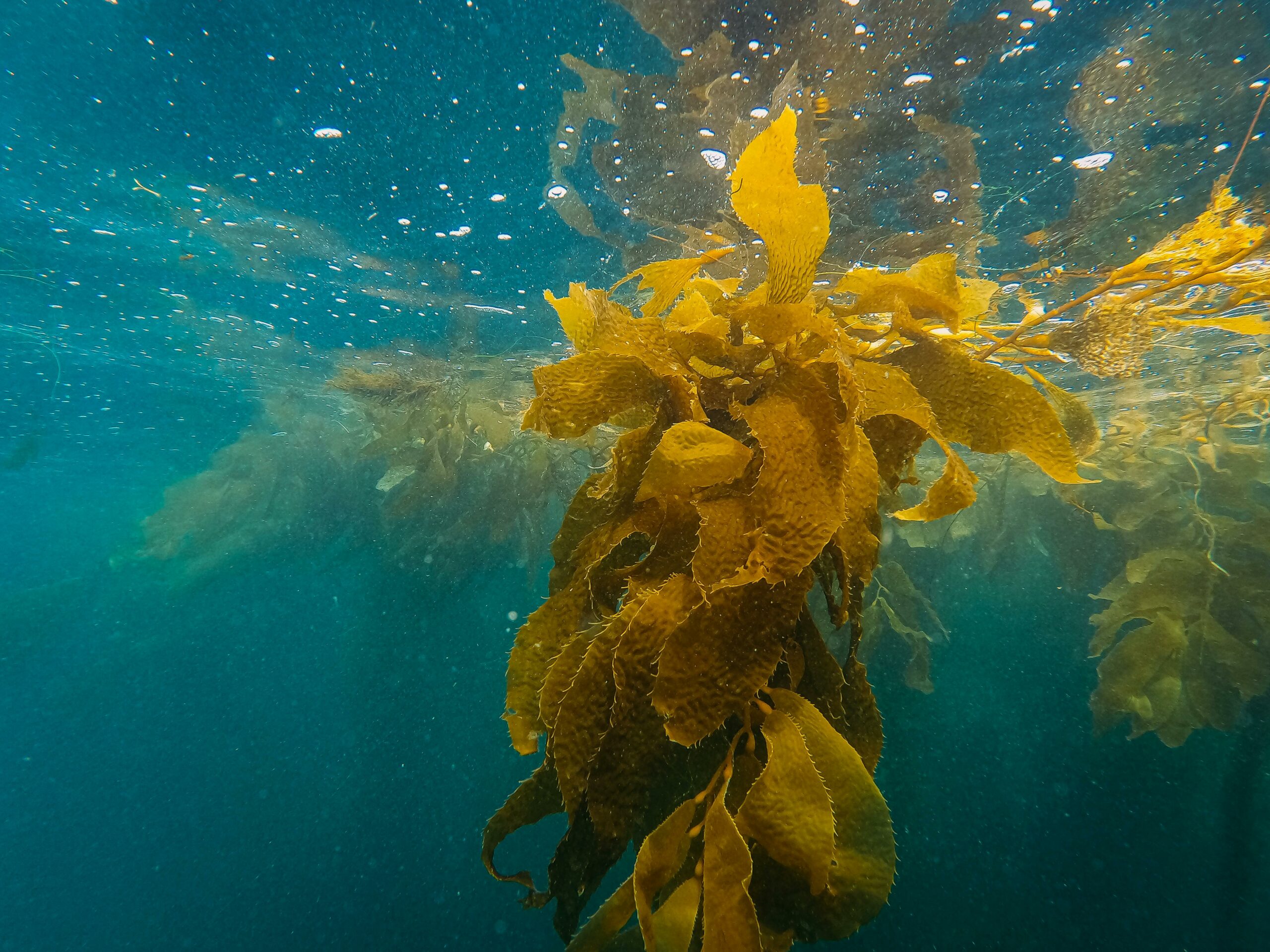
So what is kelp?
There are at least 22 different kinds of kelp growing along our Washington shorelines making our kelp flora one of the most diverse in the world! These large seaweeds are a type of brown algae and can grow up to 150 feet long. The most common type of kelp found here is called Bull Kelp. Growing as deep as light will reach for photosynthesizing, they require shallow ocean and are primarily found in rocky intertidal or subtidal habitats. Bull kelp grows annually starting with a spore and reaches maturity in just one year. In the right conditions they can grow nearly a foot in a single day!
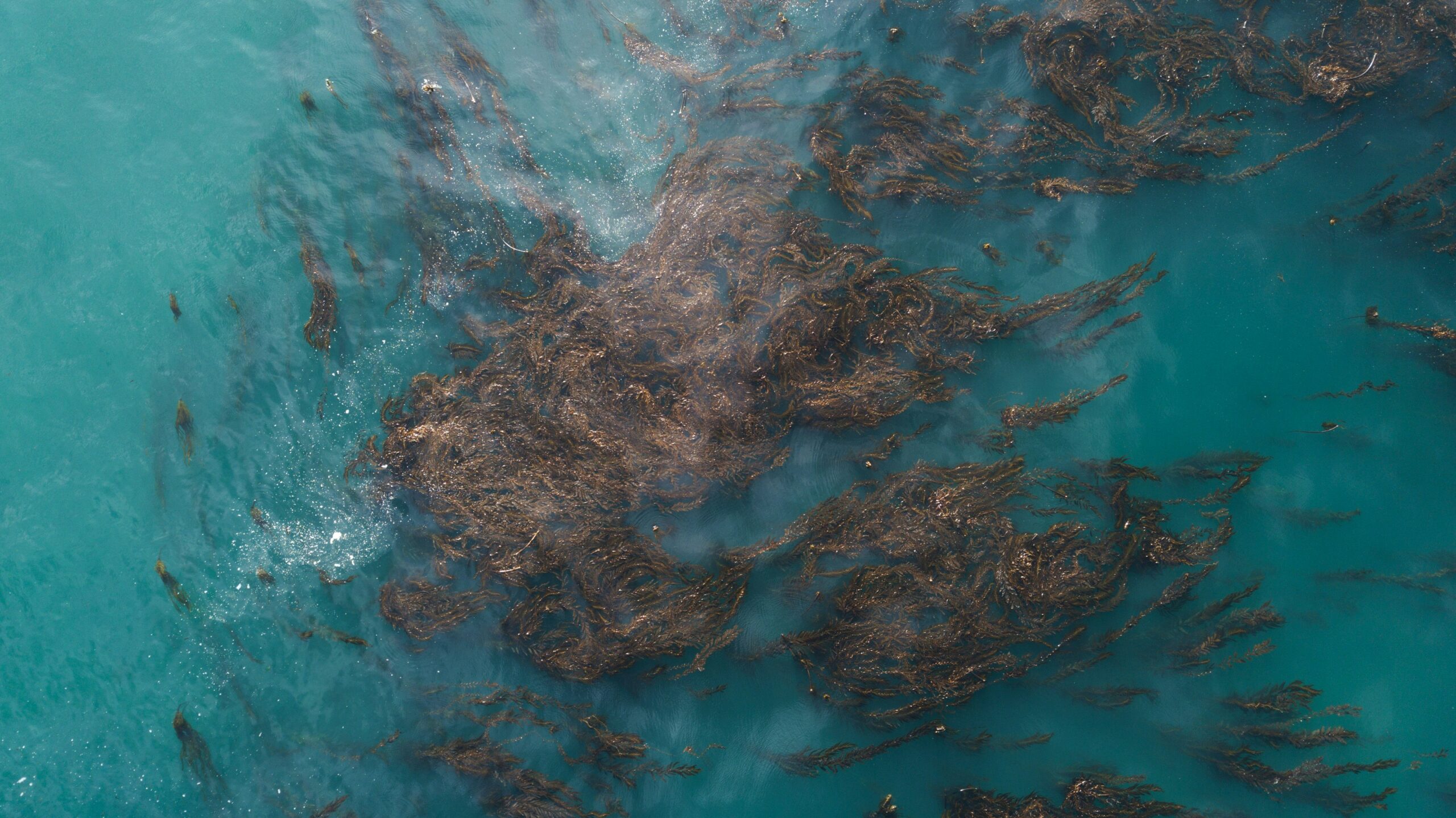
Photo by Mac Gaither on Unsplash
Diving into the forest
Kelp forests connect every marine species from the smallest nudibranch to our apex predator, the killer whale that roams our waters. Kelp attaches its root-like anchors called holdfasts to the rocky sea floor where invertebrates like sea stars, urchins, anemones, and many other organisms can be found. Moving up the water column, following the stock, or stipe, you’ll find many different species of fish taking refuge from predators and strong currents. Between the kelp are corridors where harbor seals, sea lions and whales can be found foraging for their next meal, playing or hiding from predators. Gray whales have been known to hide their calves among kelp forests on the outer west coast as they migrate north. At the surface you’ll find the canopy, made up of kelp fronds and a gas filled bulb that aids in floating and photosynthesizing. Here is where you might find one of our keystone species, the sea otter who loves to wrap itself in kelp so it doesn’t drift away while resting.
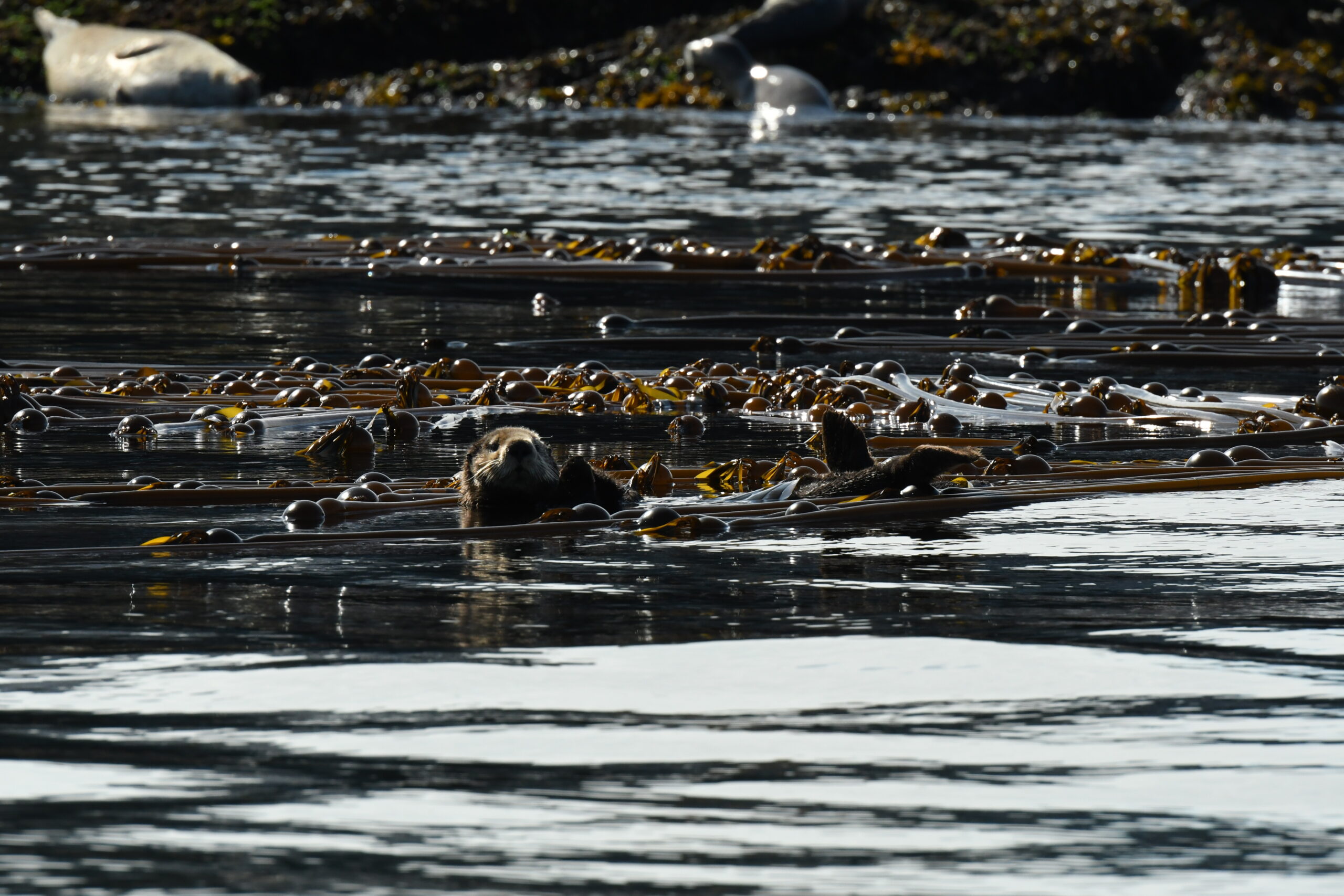
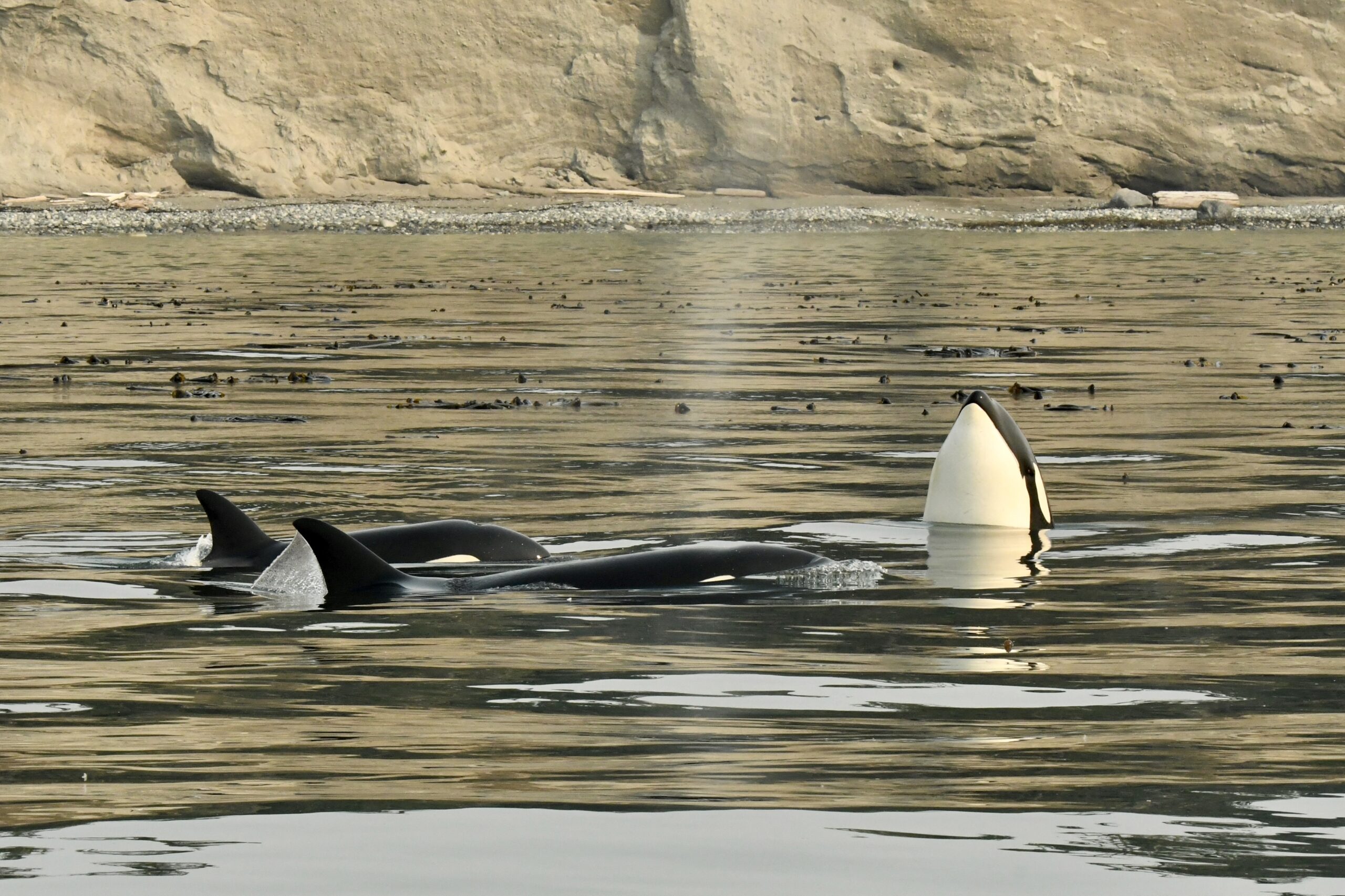 Pictured above: Sea Otter and Orca Whales lounging in kelp forests
Pictured above: Sea Otter and Orca Whales lounging in kelp forests
Why they’re important
Just like our forests above the surface, kelp absorbs large amounts of carbon dioxide in the ocean and atmosphere, creating oxygen in the water that is essential for all marine life beneath the surface. Detached or decomposing pieces that fall to the ocean floor provide nutrients for many organisms including sea cucumbers or filter feeders like sea sponges. Many kelp beds or forests are at risk and have been in decline throughout the Salish Sea. Rising ocean temperatures and ocean acidification could be just one of the many causes. A lack of keystone predators like the sunflower star and the sea otter who dine on purple and green urchin is also a contributing factor in the decline. Since 2013, the Sea Star Wasting Syndrome has affected over 90% of the sunflower star population along the west coast. Long before that, Sea otters were extirpated during the fur trade in the 19th century and are only just now slowly starting to reappear in the Salish Sea. We can only hope that both of these keystone species will make a comeback and restore balance to our kelp forest habitats. The Puget Sound Restoration Fund and several other research organizations are working to protect, conserve and monitor our kelp forests to ensure that they flourish here for generations to come.
